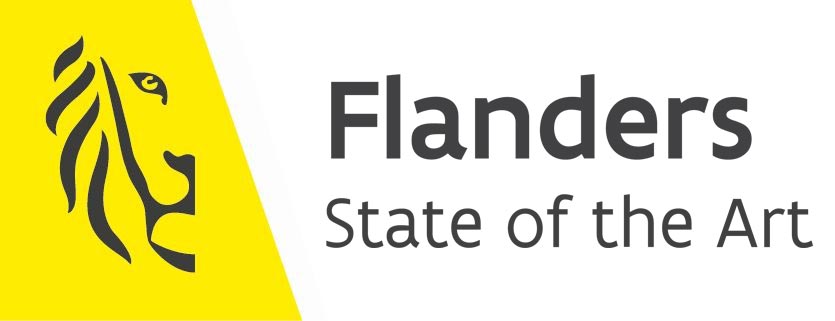KLIP & IMKL
What is KLIP?
KLIP (Kabel en Leiding Informatie Portaal) is the online platform in Flanders, Belgium, designed to prevent damages to underground utilities. It functions as a Call Before You Dig (CBYD) system. When individuals or companies plan to carry out excavation work, they must submit their digging plans to KLIP. Utility operators then provide the excavator with information about the location of underground utilities in the planned excavation area, ensuring safer digging practices and reducing the risk of damaging underground infrastructure.
What is IMKL?
IMKL, which stands for InformatieModel Kabels en Leidingen, is the Information Model for Cables and Pipes in Belgium and the Netherlands, used respectively by KLIP and KLIC. It provides a standardised way of representing underground infrastructure information such as the location and characteristics of utilities like gas, water, electricity, and telecommunications.
This standardisation is incredibly important as it helps preventing damage to these utilities during excavation and construction activities, thereby ensuring the safety of workers and the public and reducing the risk of service disruptions.
This model links physical objects (cables and pipes) to their geospatial information (locations), allowing these objects to be visually depicted and accurately located on a map.
Each object in the IMKL (such as a pipe, cable, or utility box) has geospatial attributes associated with it, including its geographical coordinates and its relative position to other objects. This information can be used to create highly detailed and accurate maps of underground infrastructure.
It’s also worth mentioning that IMKL is based on the international standard INSPIRE (Infrastructure for Spatial Information in the European Community), and it aligns with the Belgian standard of KLIP, provided by Digitaal Vlaanderen, the agency for information models in Belgium and with the Dutch standard NEN 3610 Basic model for infrastructure, the basis for geo-information models in the Netherlands.
The critical link between infrastructure and the digital world
These alignments ensure that IMKL is interoperable with other geospatial data systems, both nationally and internationally, which is crucial for sharing and integrating data across different organisations, systems, and jurisdictions.
In conclusion, IMKL serves as a critical link between the physical world of underground infrastructure and the digital world of geographical and geospatial data. It provides a standardised way of representing and working with this data, allowing for accurate mapping, efficient data management, and effective decision-making in relation to underground infrastructure.


